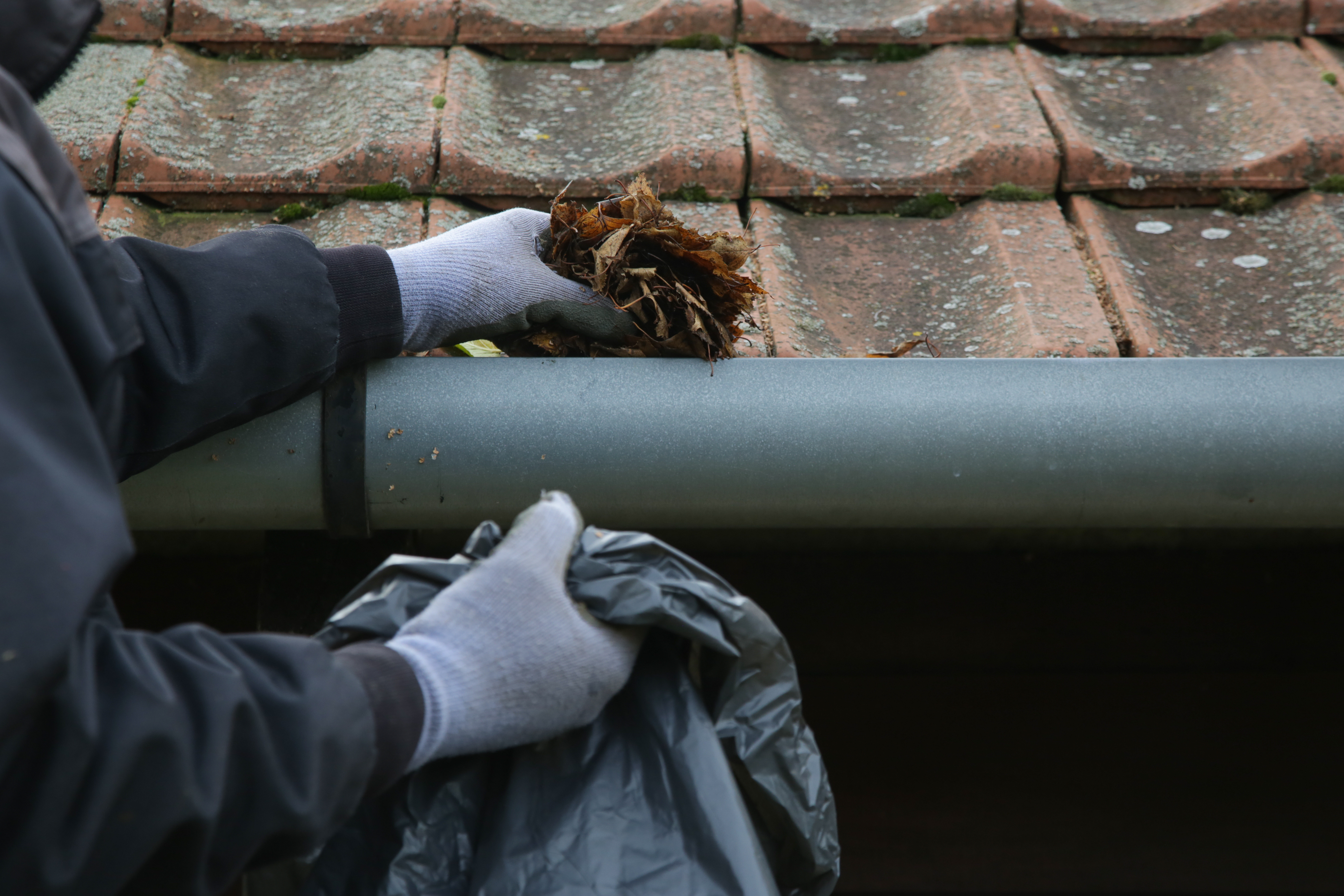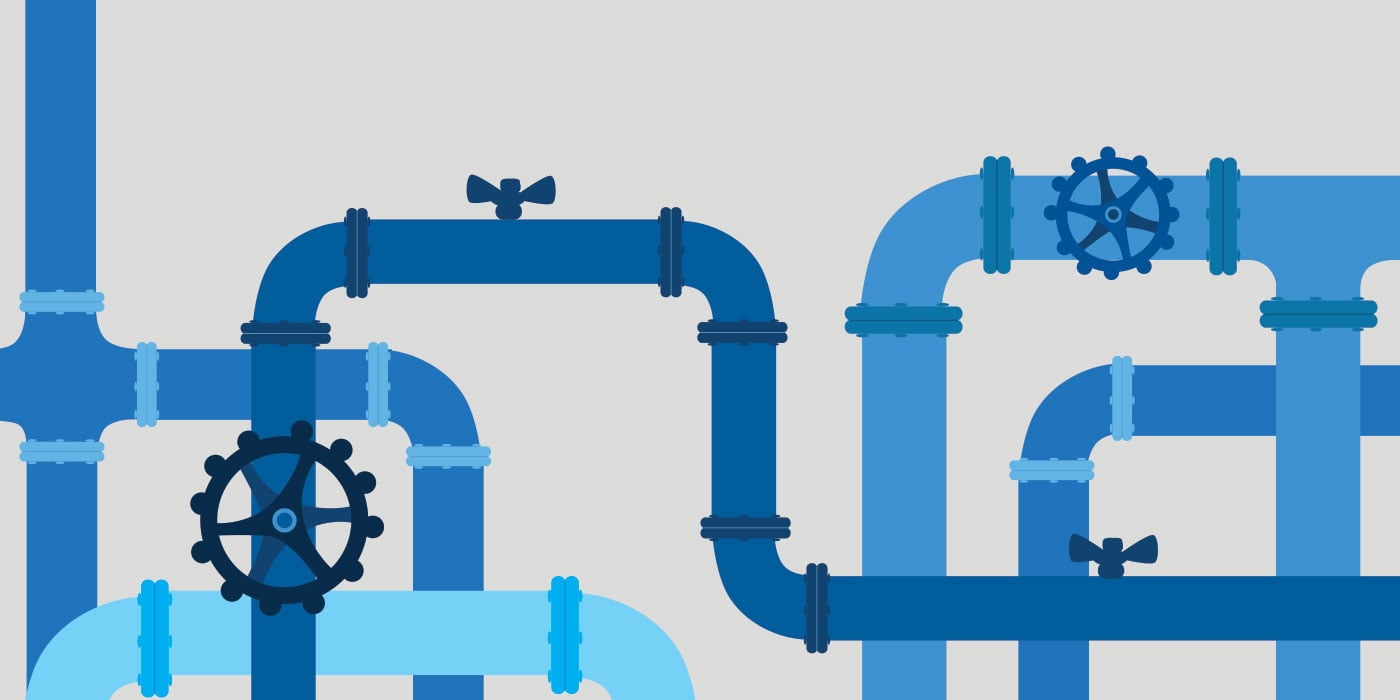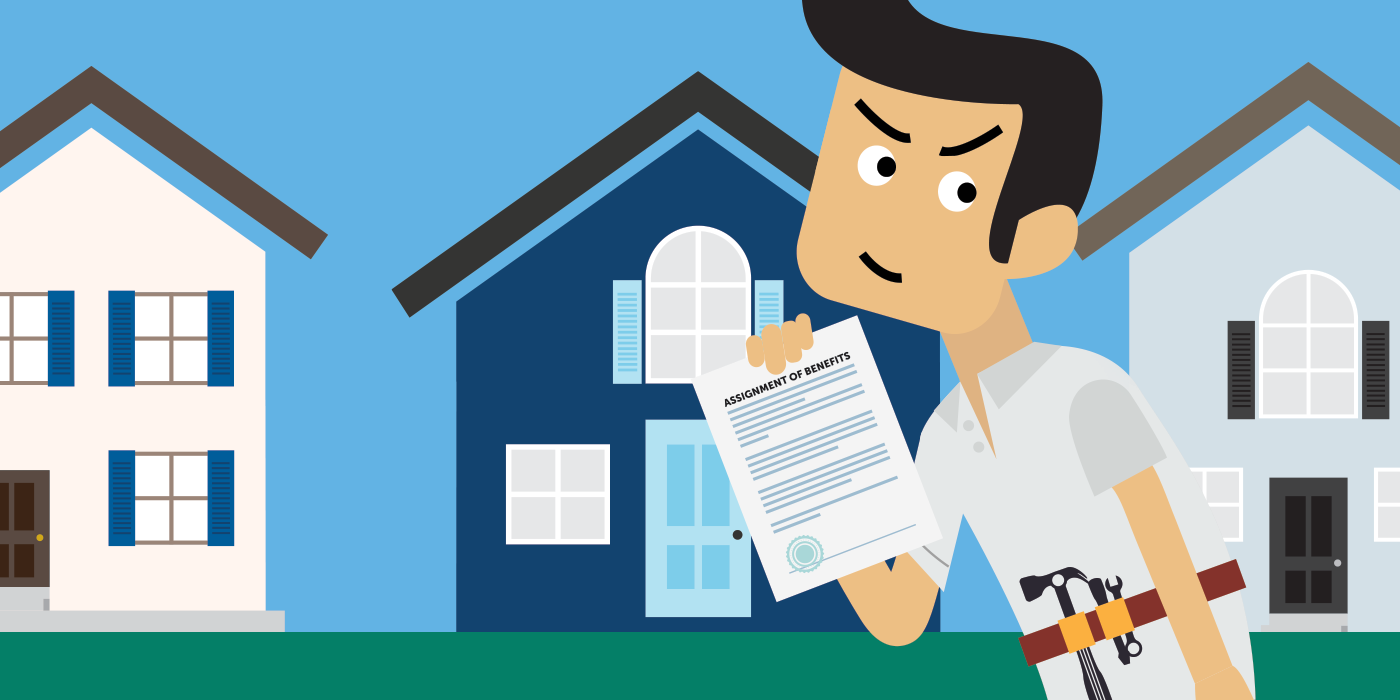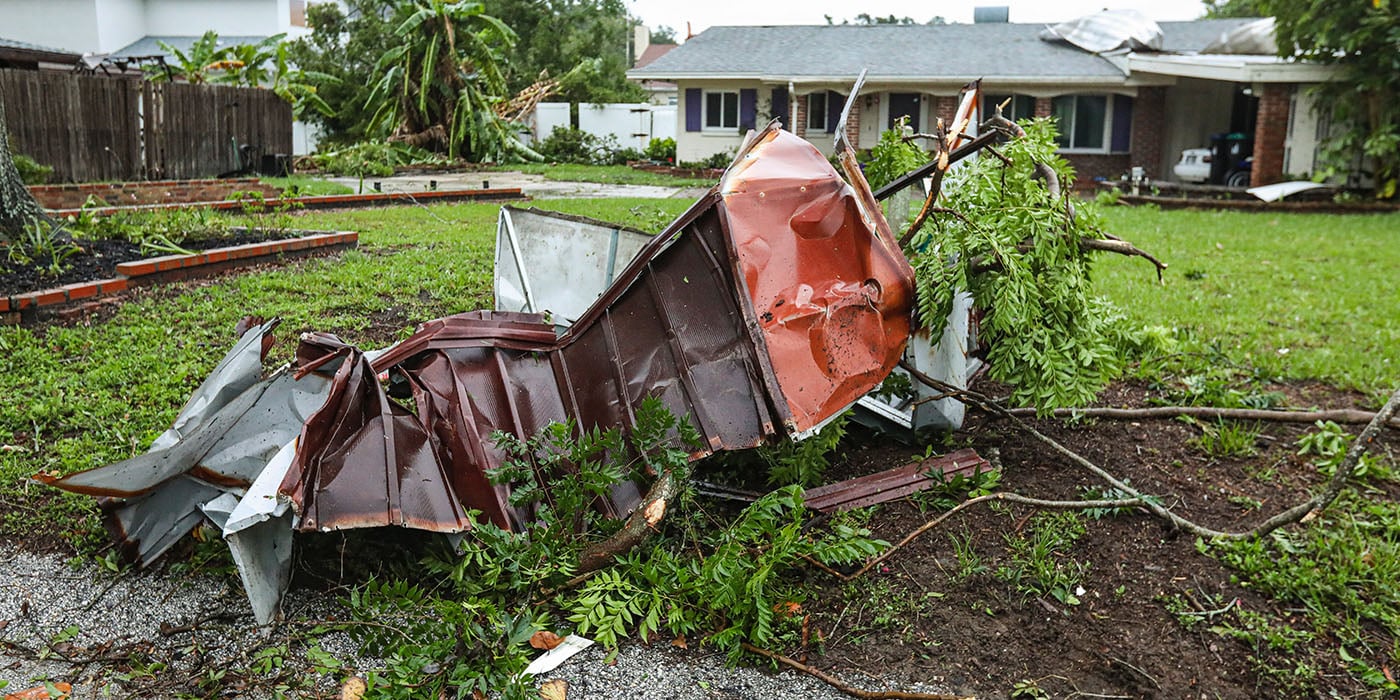1 min read
Water Damage: How to prevent water damage at your home
There are many things in your home that pose the risk of starting a fire, even accidentally. Here are some simple, proactive things you can do do...
2 min read
![]() Florida Family Insurance
Oct 16, 2024 4:40:15 PM
Florida Family Insurance
Oct 16, 2024 4:40:15 PM

Major storms can occasionally leave behind a trail of destruction that’s overwhelming to deal with. If you’ve recently experienced this, you might be wondering where to begin with the cleanup process. Here’s a step-by-step guide to help you safely and effectively restore your home.
Before you start any cleanup, prioritize your safety:
Before you begin cleaning:
Consider reaching out if you need to file a claim:
Begin your cleanup outside:
Once the outside is clear, focus on the interior:
Mold can develop quickly in damp environments:
Once everything is dry:
After addressing safety and damage:
If the cleanup feels overwhelming, don’t hesitate to seek help:
Lastly, don’t underestimate the emotional toll of recovery:
Cleaning up after a major storm can be a daunting task, but with a systematic approach, you can restore your home and peace of mind. Remember to take it one step at a time and lean on your community for support. Your resilience will shine through as you rebuild.

1 min read
There are many things in your home that pose the risk of starting a fire, even accidentally. Here are some simple, proactive things you can do do...

Before you hire anyone to do any kind of work on your home, understand what Assignment of Benefits is and how it impacts you.

1 min read
When it comes to tornados, like other extreme weather events, it's important to prepare now so you're able to quickly implement a safety plan if/when...